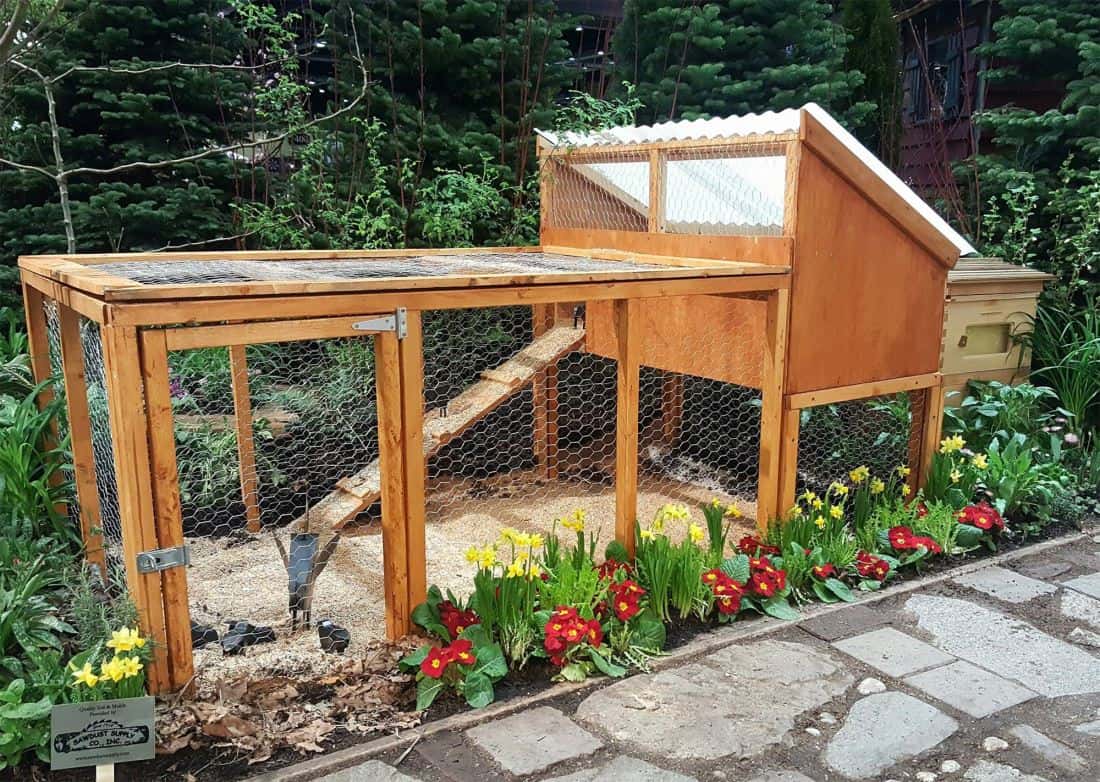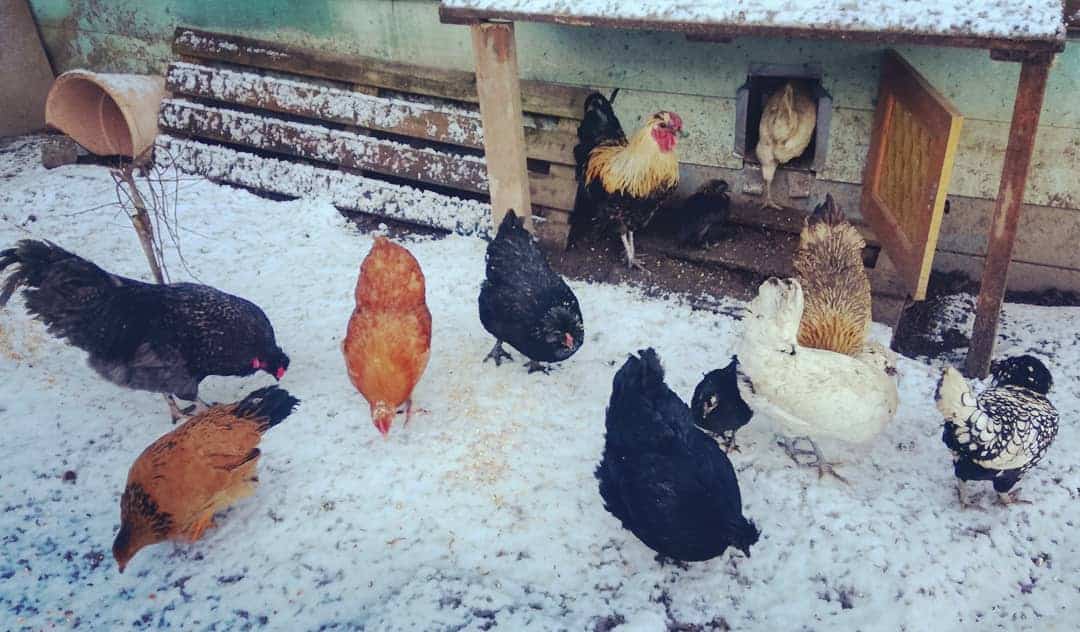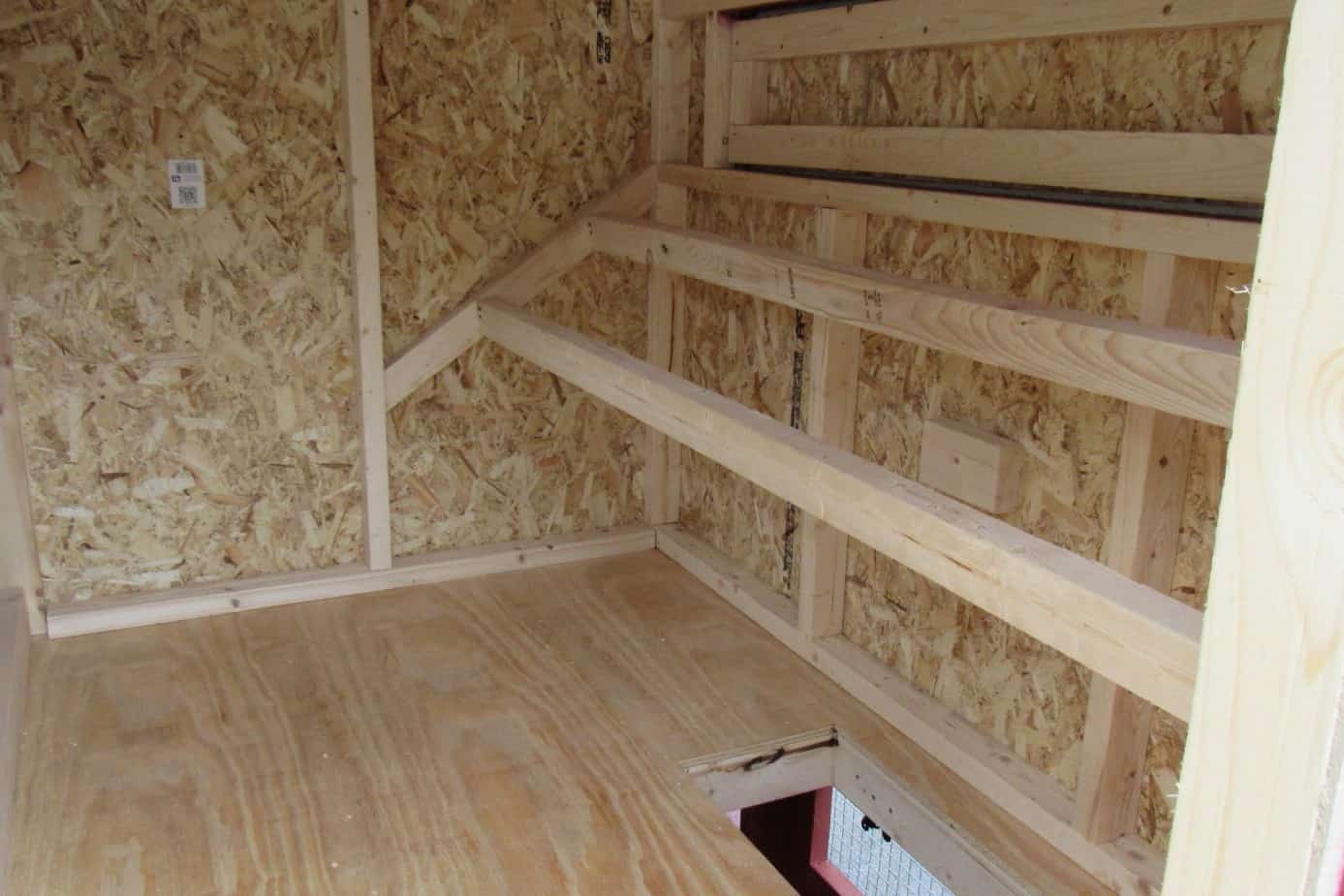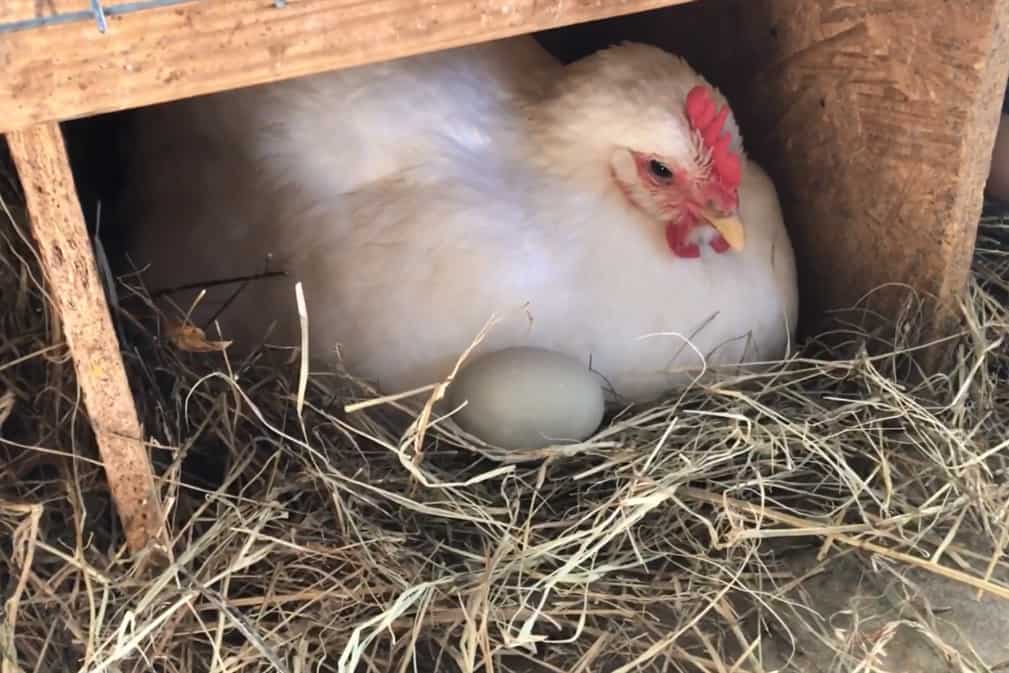Are you thinking of making a chicken house? You might want to check out our 15 tips for building a chicken coop before you hammer that first nail down!
Finding a good chicken coop is needed if you want happy and healthy chickens. You probably know that already, and you might be excited to start! So, let’s get this show on the road!
Preparation Tips
Take your time in the planning stage to ensure a strong foundation.

1. Rules
Check the rules in your area before you start planning and building.
If there are rules for taking care of chickens, then there are probably rules for chicken-related structures.
The most important thing you should check is if you can build a coop in the first place.
2. Area
Generally, each chicken needs at least 3 square feet of coop space.
If you’re working with limited space, figure out how much land you can give to the chickens. From that, decide what chickens you’re going to keep and how many.
Larger breeds like Jersey Giants would need more space compared to average-sized chickens like Leghorns and smaller-sized chickens like Silkies.
Coop size would also be affected if you have a pen and a run. If the chickens are going to stay in the coop for most of the time, then they’d need more space.
You can use this chicken coop calculator to help you figure out how much space your flock needs.
Also, you’d want to think ahead. If you plan on expanding your chicken family in the future, then you’d need to have extra space. Do not overcrowd a coop.
As a general rule, when it comes to space, more is always undoubtedly better.

3. Identifying Possible Problems
Next, identify the possible problems you might have to face. These problems would mostly be about the weather conditions and predators around. However, it would also be about making the coop last for a long time.
Weather Conditions
Assess the weather in your area to choose materials that will provide adequate insulation or ventilation as needed.
For example, some chicken handlers choose to use wood postings with walls made of wire. This kind of coop will work for hot areas, but it is not ideal if it snows in the area.
Predators
To add, the coop we mentioned above will likely not work if you have predator problems in your area.
Try to identify what predators are around, then decide what materials would work best at keeping them out.
For example, some chicken handlers have problems with snakes entering the coop. Again, wires are not ideal in this case.
You want a good, strong coop, something that can protect your chickens even from bears like this one.
Making the Coop Last
Another thing to consider is how to make the coop last.
Consider investing in durable materials like treated wood or weather-resistant hardware, despite a higher cost, for long-term durability. To add, you might want to add cement to the list for the flooring or as a foundation for the support posts.
4. Research
Next, you want to research ideas and plans.
Whether experienced in woodworking or a beginner, researching coop plans is beneficial.
A premade plan will give you a general idea of the numbers involved in making a coop. Whether you’ve decided to follow the guide to the dot or not, it can serve as a pattern.
5. Decision
Once you have a sketch or a vision, you can start making decisions.
Decide on the specific materials you need for your coop, such as wood type, wire mesh, and roofing materials, and estimate the quantities required. Try to buy a few extras, but still expect that you’d have to take a few trips during the building process. Mistakes could happen, after all.
If there are several stores you could get the materials from, you might want to compare the prices first. Since you will be using many materials, a few cents will save you some big bucks overall.
After that, decide where you want to place the coop. Here, you might also want to consider if a portable or permanent one is better for you and your chickens. If you have a small flock, we recommend a portable coop.
Try to place the coop away from places where predators could easily get to it (e.g., near the bushes). Also, there are things chickens can’t and shouldn’t eat. Place the coop away from plants that are not good for them. The fruit or leaf of the plant could accidentally enter inside. We don’t want that to happen.
Building Tips
It’s time to get started! Like with the preparation stage, you should also take your time with the building process. Be patient. This stage could take weeks.

6. Build from Scratch?
There are some things and structures that you can use to make a coop.
You can use an old kennel or a shed, for example. If these things are available to you, then you might want to use them. You would only have to make a few adjustments in this case. You don’t have to build from scratch.
7. Recycling VS Investing
If you search the net, you will see many people advising you to use recyclable materials. It is good if you have some materials you can recycle and you can work with them.
If this is the first time you’re making something as big as a coop, then that might not be in your best interest. As you might already know, recycled materials are sometimes more challenging to make work. Also, some recycled materials are not as long-lasting as some new materials.
Invest in new materials if you could and if it would make things easier and safer for you. It’s a good investment since you’re going to use the coop for a long time, after all.
8. Roof, Walls, and Floor

You’ve already picked quality materials to make sure your coop lasts long. In addition, you might want to add a covering for an extra layer of protection.
For example, you might want to add a tarp on your roof, varnish your walls, and add linoleums on the floor.
9. Openings
Next, you would want to cover any openings with some wire. Yes, even the littlest of holes should be covered.
Coops need ventilation. Make sure to cover those open spaces with some strong wires. Chicken wires would work if you don’t have predators in the area, but it’s not the best choice if you do.
To add, if you’ve decided not to build any flooring, then your chicken coop floor is open. Make sure you put some wires under your dirt flooring. This way, burrowing predators won’t be able to go inside the coop.
10. Others

Elevated Coop
You might want to elevate your coop if you could. This way, your flooring won’t wear out immediately because of being exposed to natural agents.
To add, it will also provide another protection from predators. Also, your chickens would be able to use the space underneath if they want shade on sunny days.
Walk-in Coop
If you could, you might want to opt for a coop that you can go inside. This way, it would be easier to clean it or do repairs if needed.
Finishing Touches
Here are some finishing touches you might want to consider.
11. Nests

Not every coop has a built-in nest, but it is a good thing to add.
Usually, the size of a nesting box is around 12x12x12, and you’d want one nesting box for 3-4 chickens.
If you have some broody hens in your hands, then you might want to consider adding nest gates in your coop as well.
12. Roosts
Are there lots of trees in your area? You might want to use a strong branch as your roost.
The roost should be at least 6 inches off of the ground. If you do have some room, it would be better to make it higher.
It would be a good idea if you could make the roost detachable and not built-in with the coop. This way, it would be easier to replace it if it breaks.

13. Heaters and Lights
You might want to add some heaters and lights if it snows in your area. These additions will help keep your chickens warm. Also, it will help egg production to continue on snowy days.
14. Toys
You might also consider adding a toy or two if you have limited space. Toys can make up for the lack of room.
15. Extras
Do you have predator problems? You might want to place your chicken coop where your CCTV camera will be able to catch it. To add, you might also want to use some electric fence around it.
Summary
That’s our 15 tips for building a chicken coop, and that’s a wrap!
Making a chicken coop could be intimidating, but don’t let that stop you. Take it one step at a time. We believe it would be fun to make and fulfilling to see done.
Go ahead, bring your perfect chicken coop to life!


Joseph Hudson has been raising chickens for over 15 years. In 2018, he completed the Agriculture & Natural Resources program at Mt. San Antonio College. He currently raises over 1400 chickens on his 7.5-hectare farm. He keeps sharing his experience on raising healthy and happy chickens on Chicken Scratch The Foundry.







